Business Environment Report: Nestle's Business Environment Analysis
VerifiedAdded on 2023/03/20
|30
|1789
|57
Report
AI Summary
This report provides a comprehensive analysis of Nestle's business environment, examining various internal and external factors influencing its operations. It begins with an introduction to the business environment and its significance for managers. The report then delves into different types of organizations (public, private, and voluntary), their purposes, and legal structures, providing overviews of Nestle and the National Health Service (NHS) as examples. It explores the size and scope of these organizations, comparing Nestle's global presence with the NHS's focus on healthcare. Furthermore, the report includes a stakeholder analysis, identifying key stakeholders like investors, customers, suppliers, and the government, and emphasizing the importance of meeting their needs for business success. The report concludes by highlighting the key takeaways from the analysis and providing a list of references used.
1 out of 30

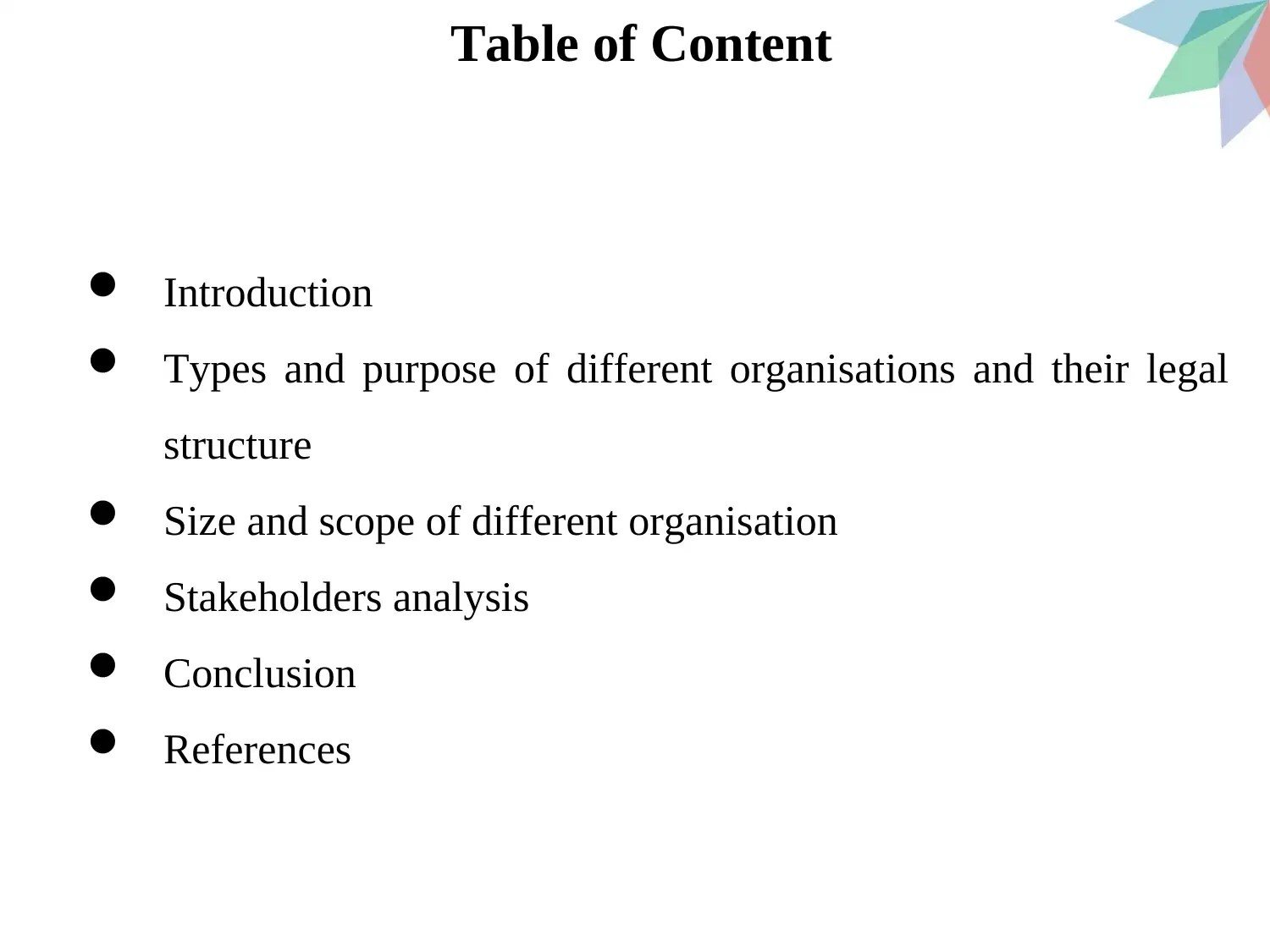
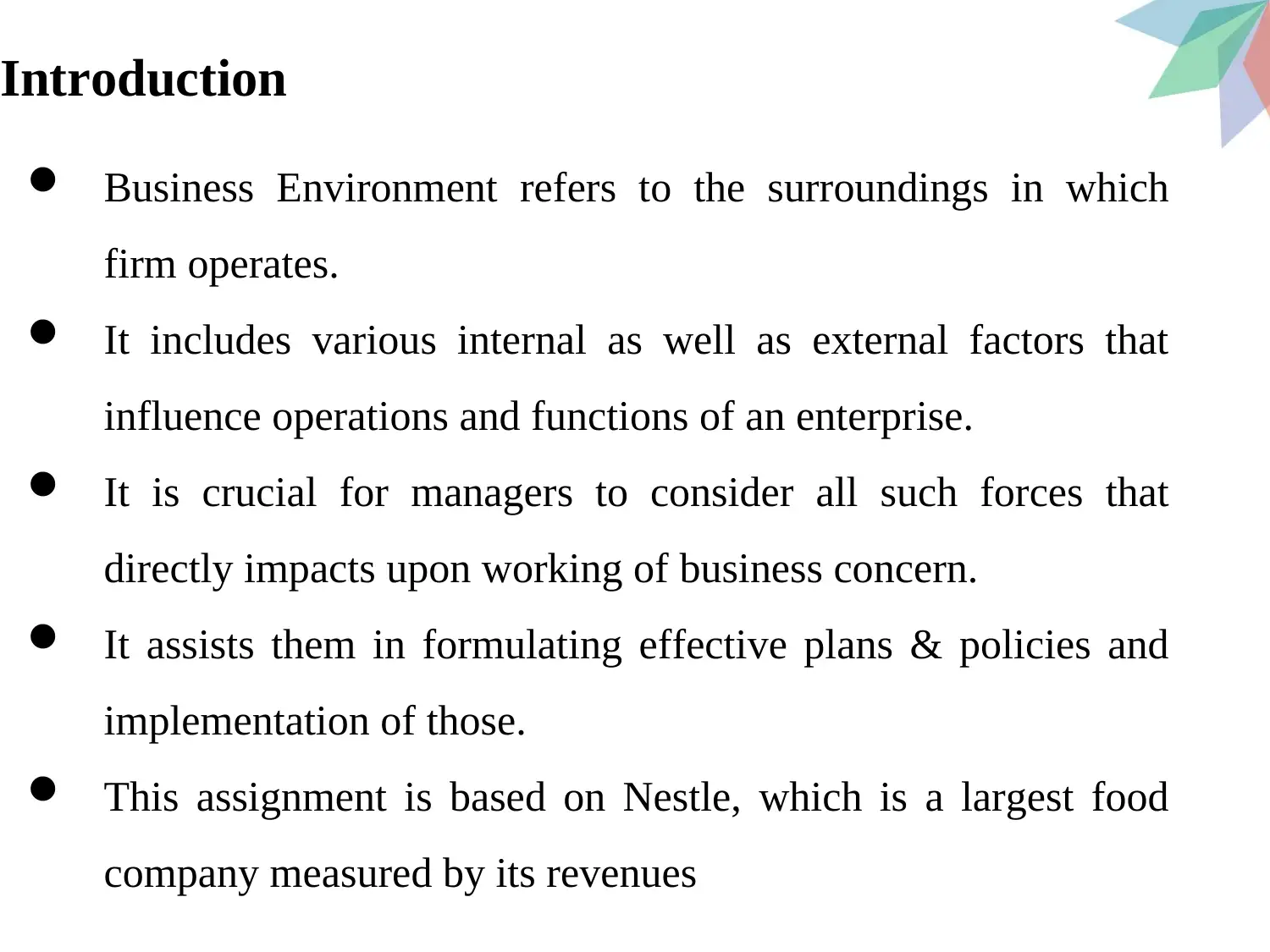

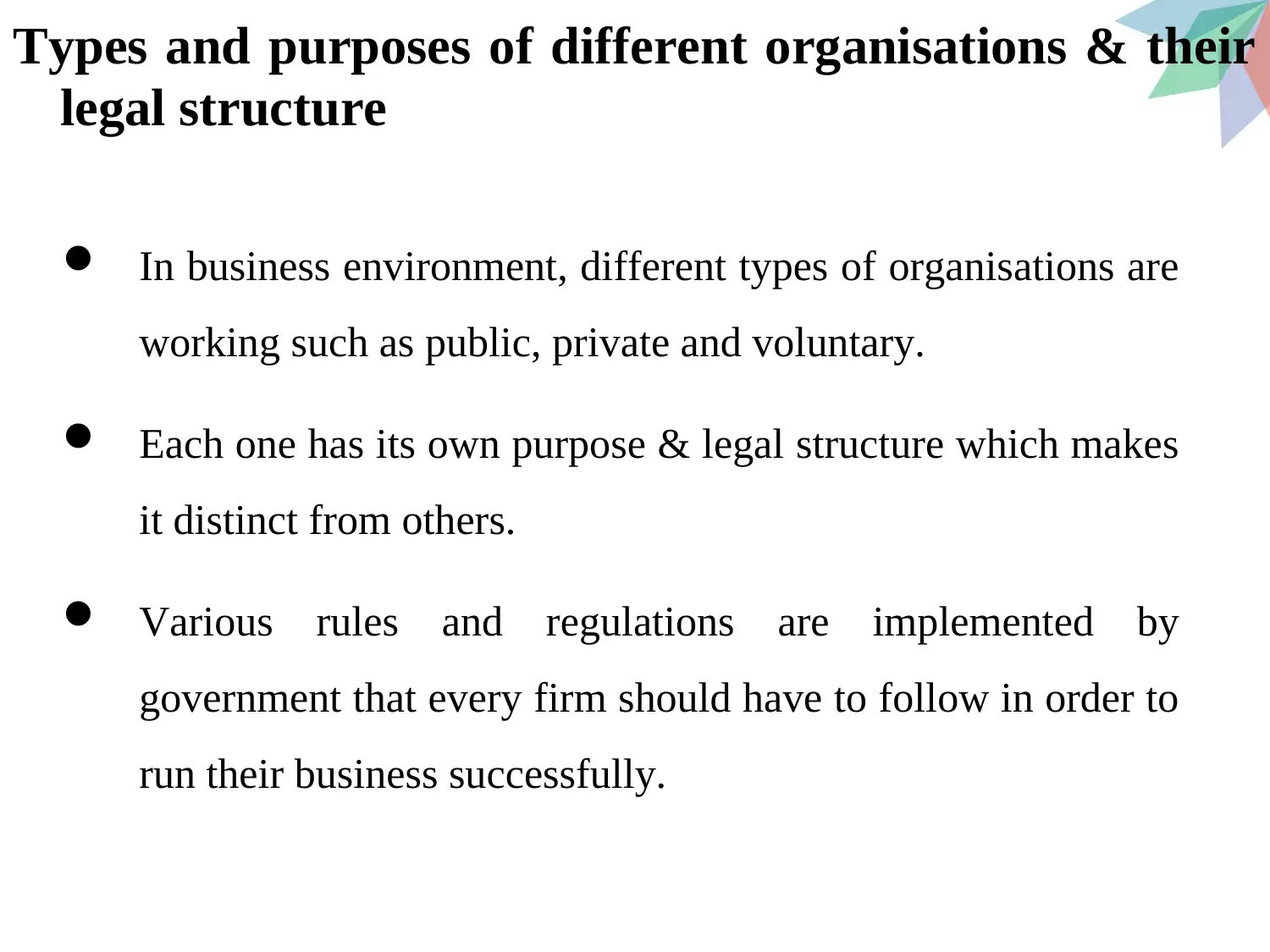
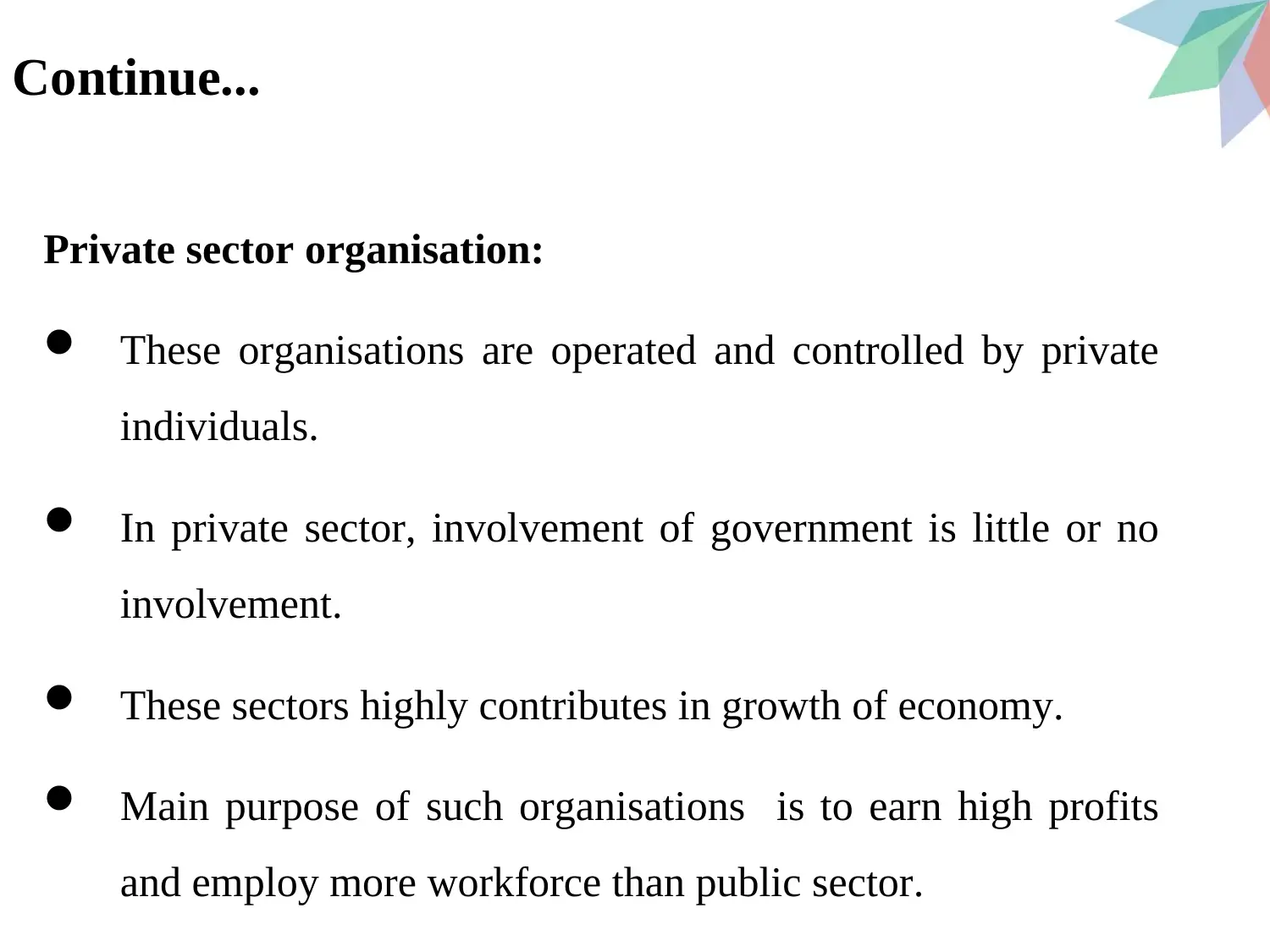

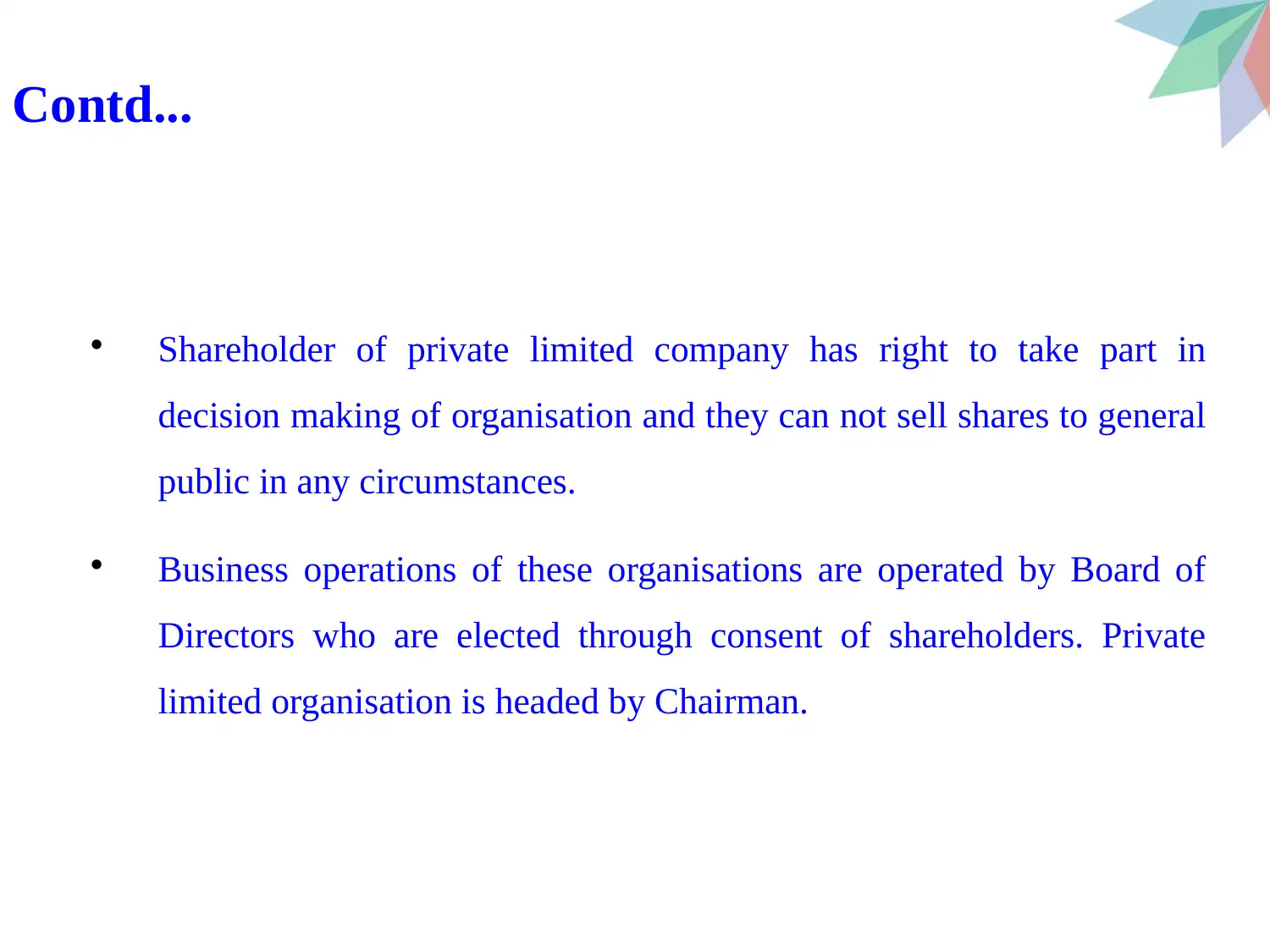
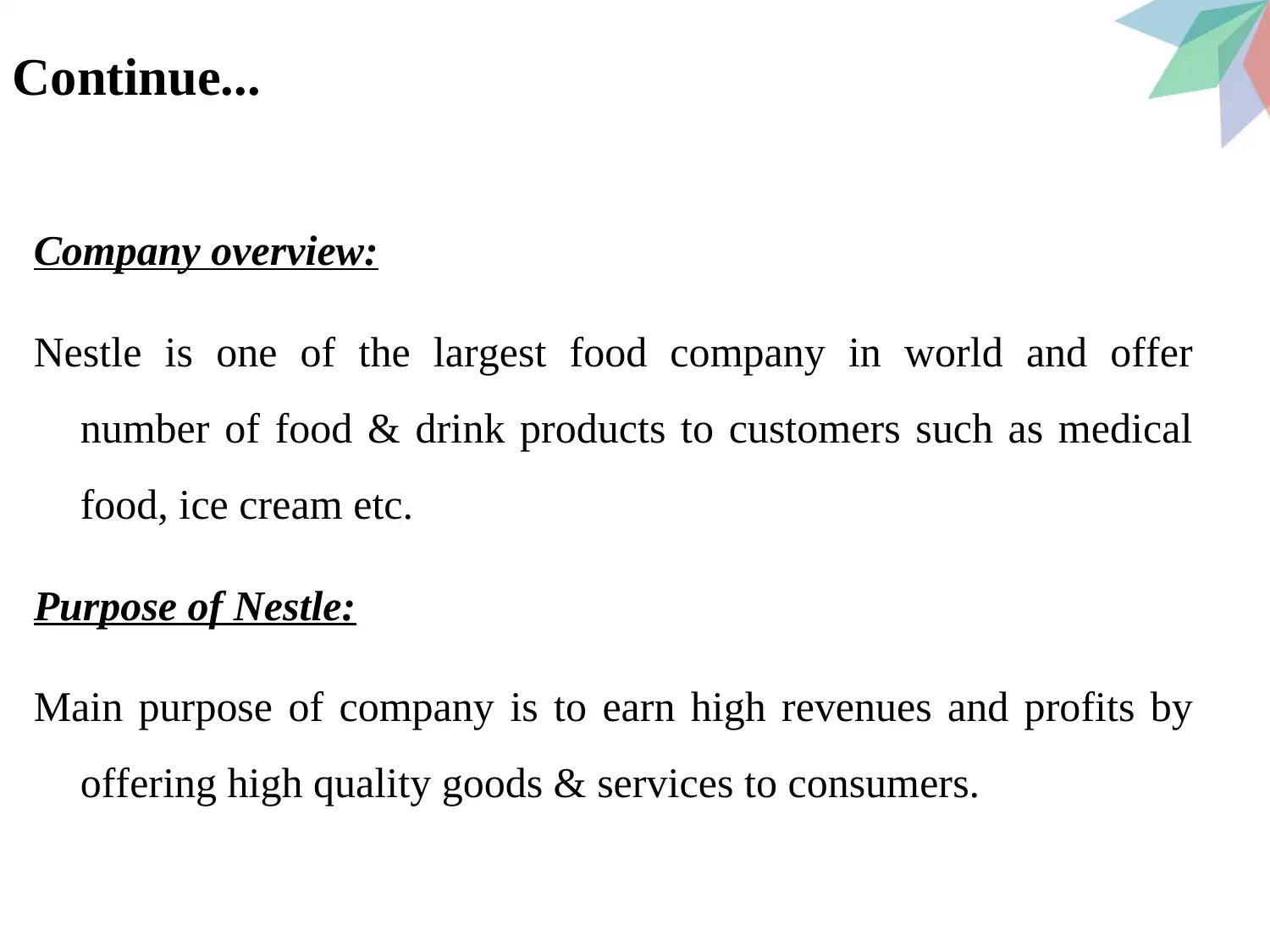
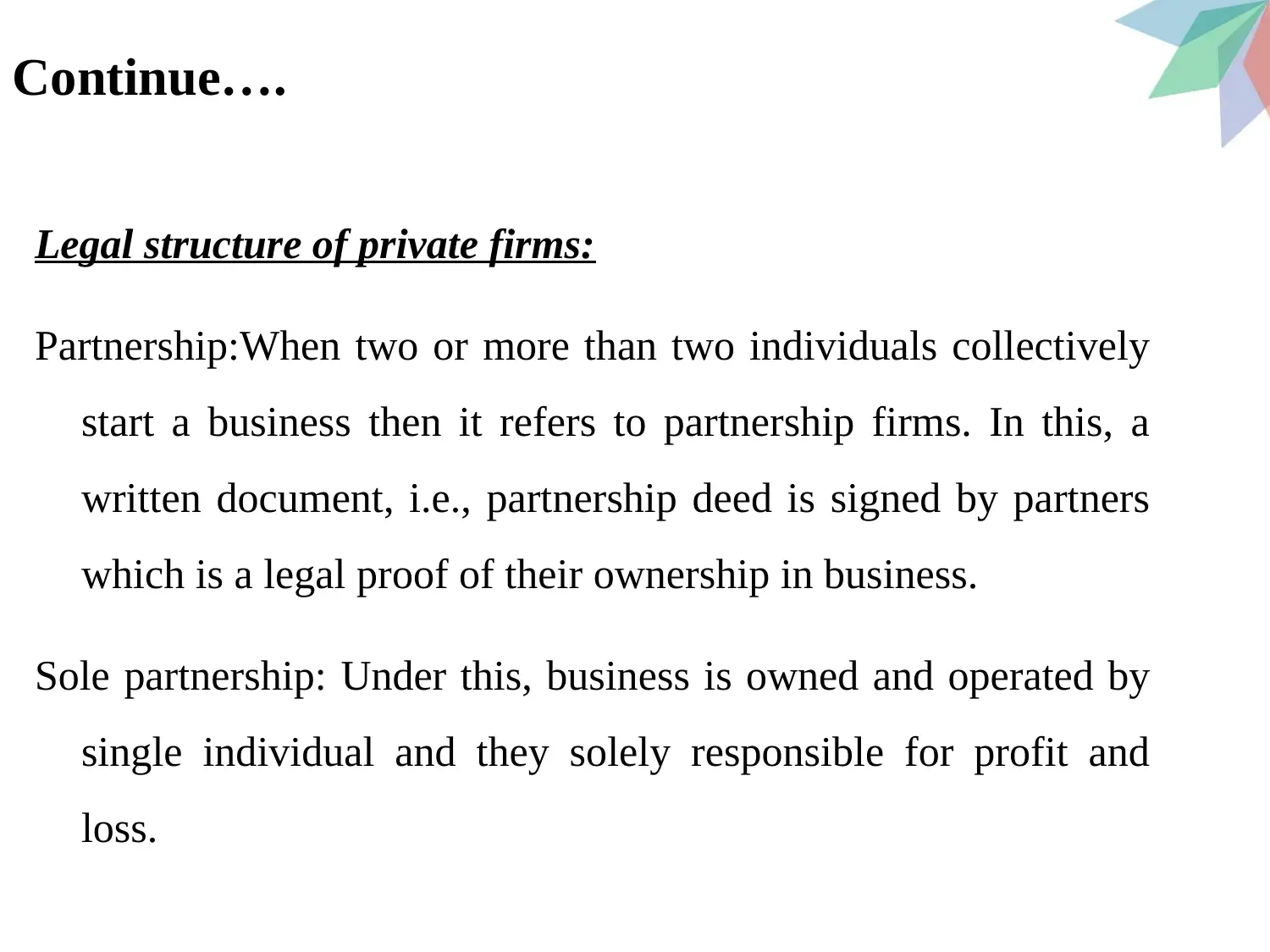
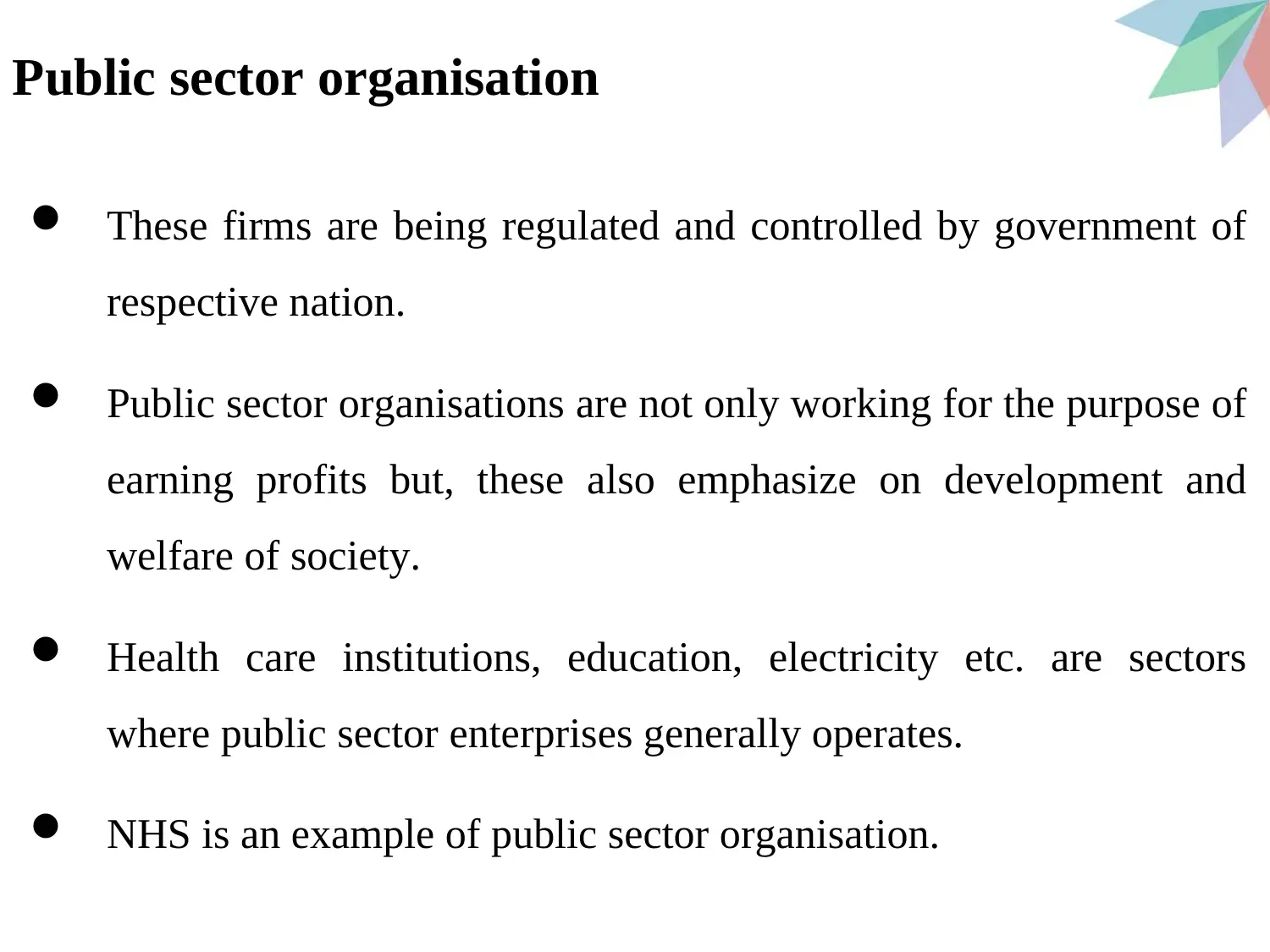
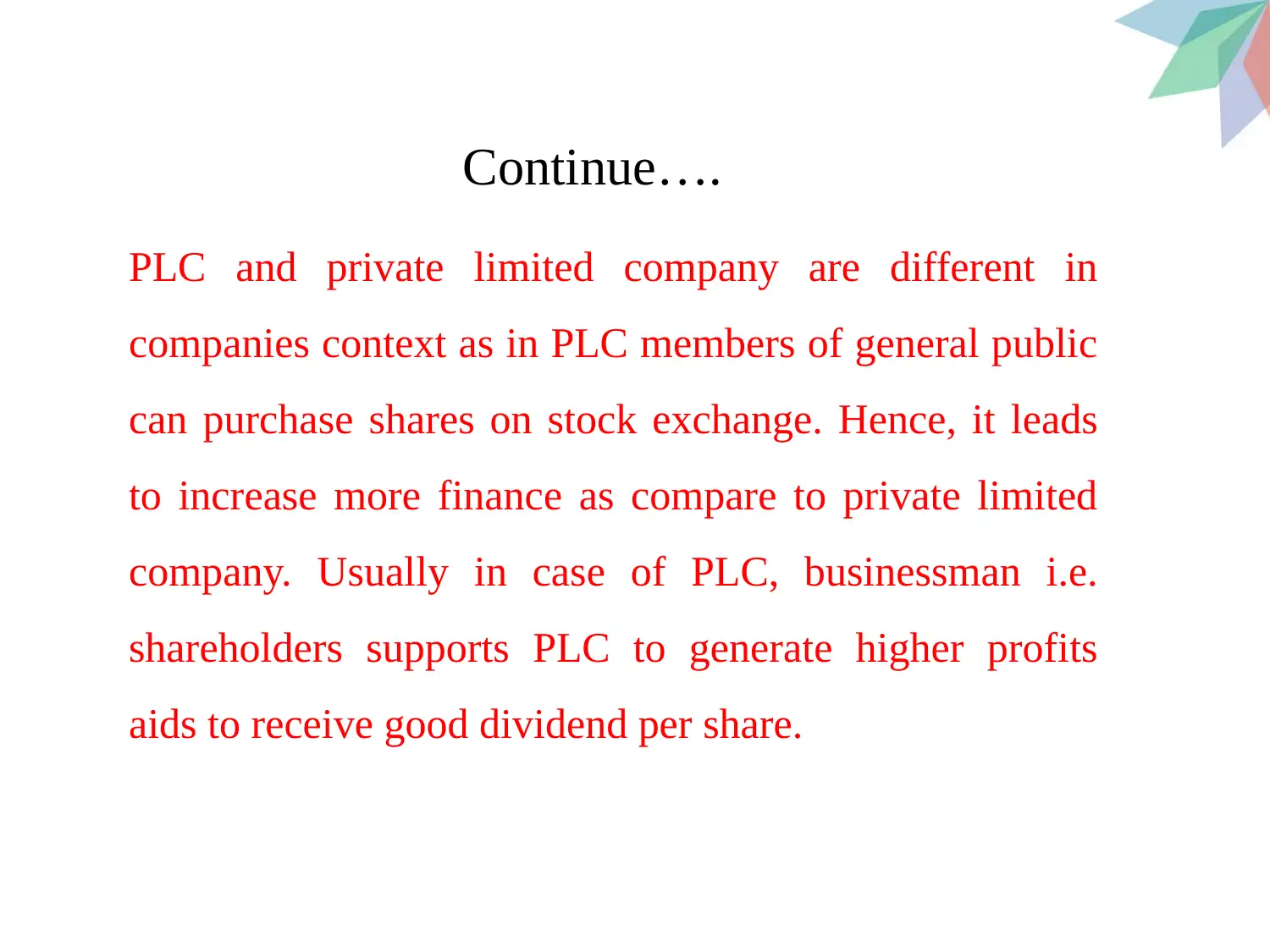
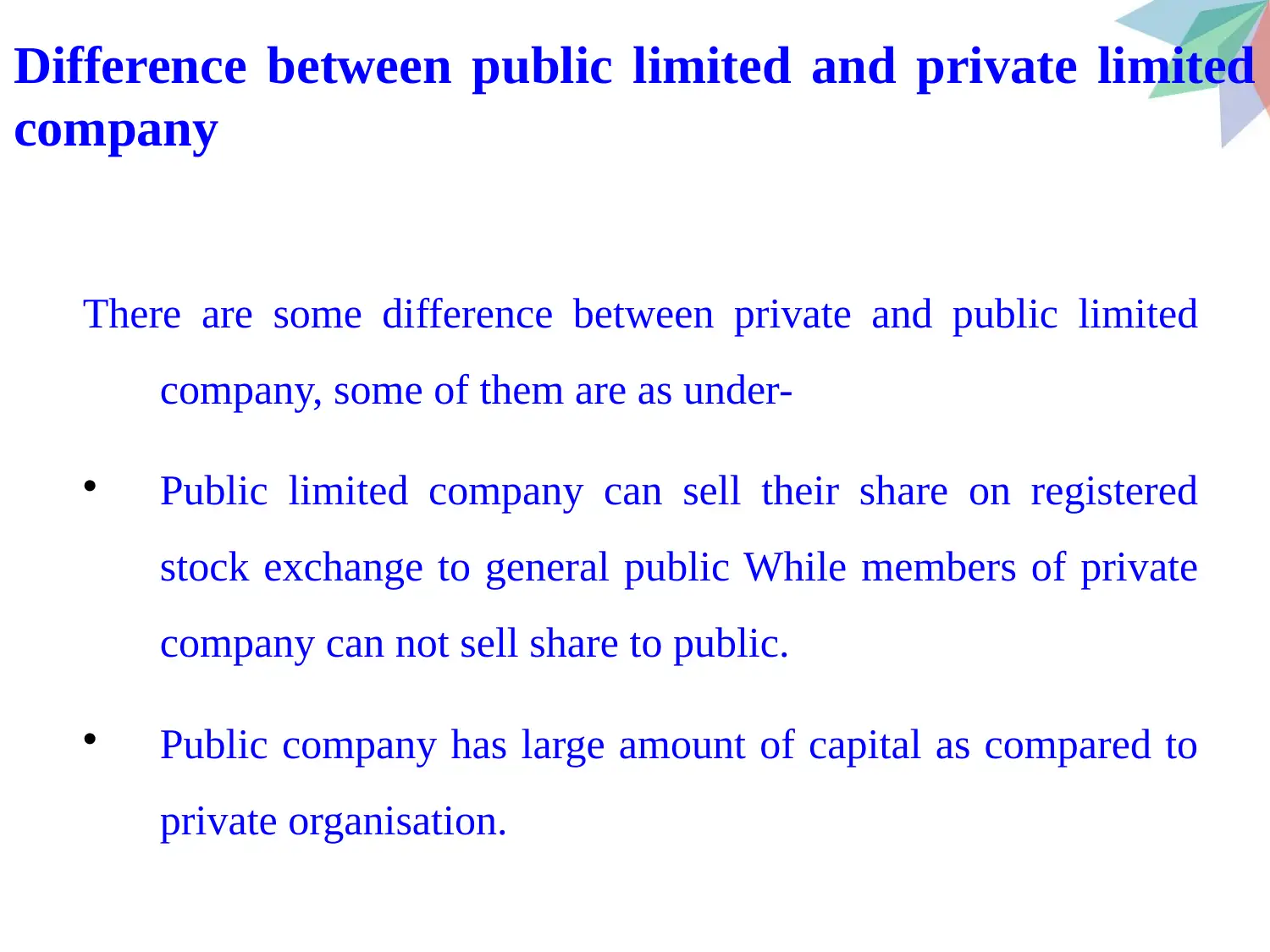






![[object Object]](/_next/static/media/star-bottom.7253800d.svg)